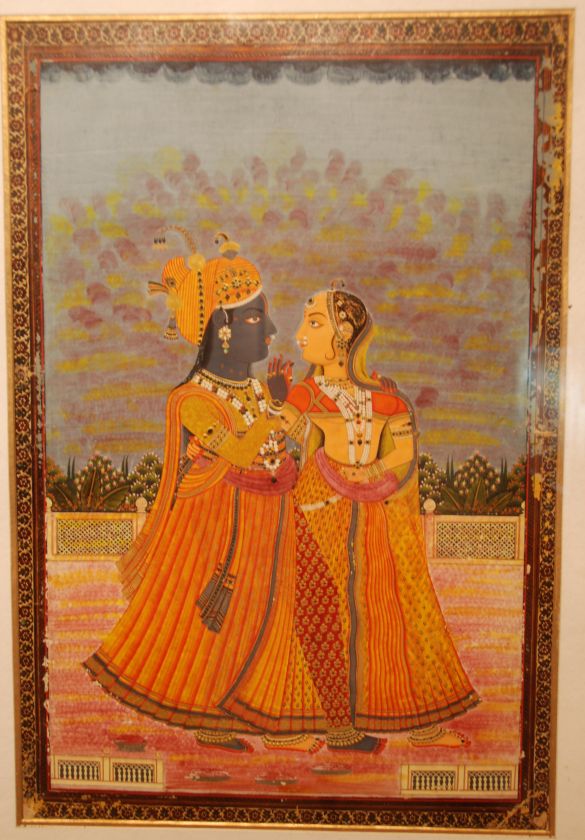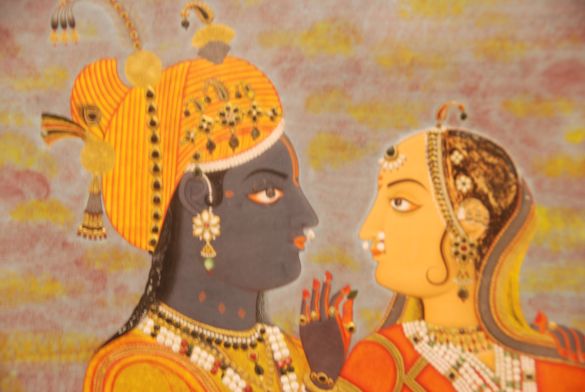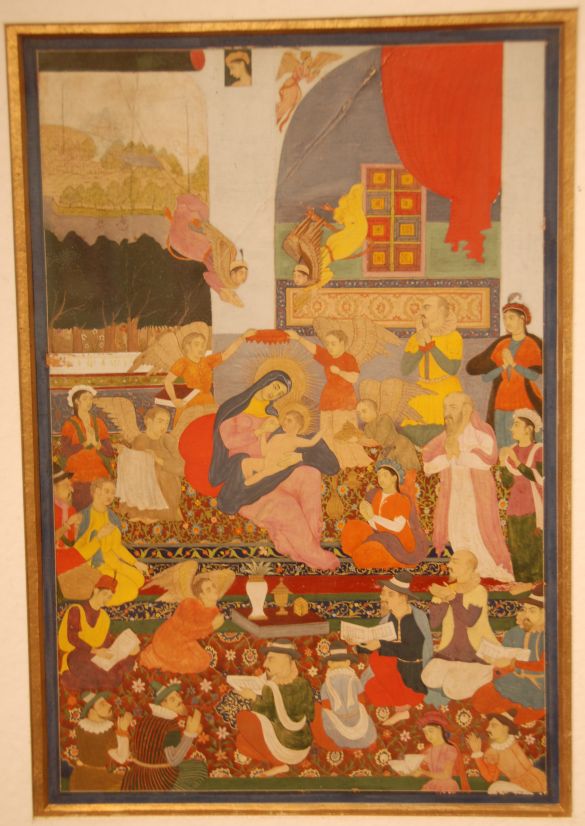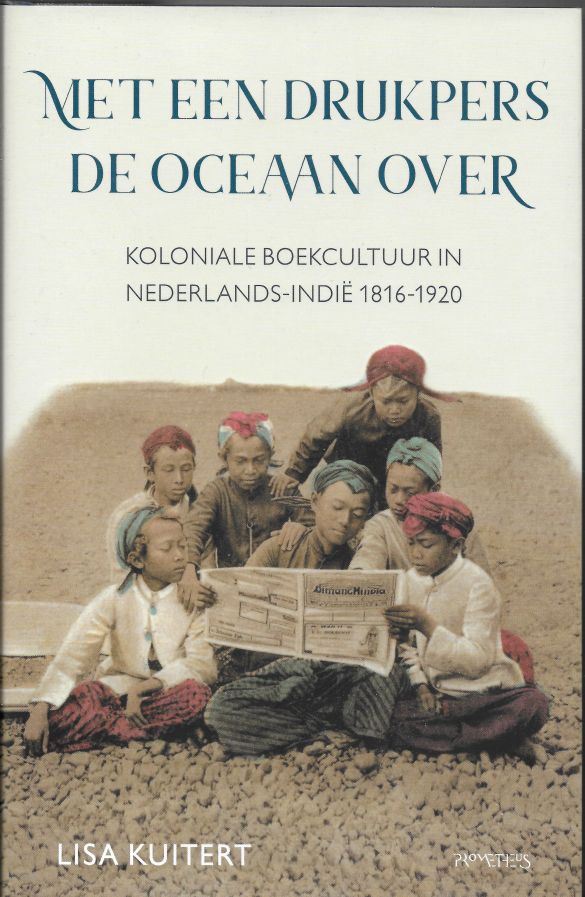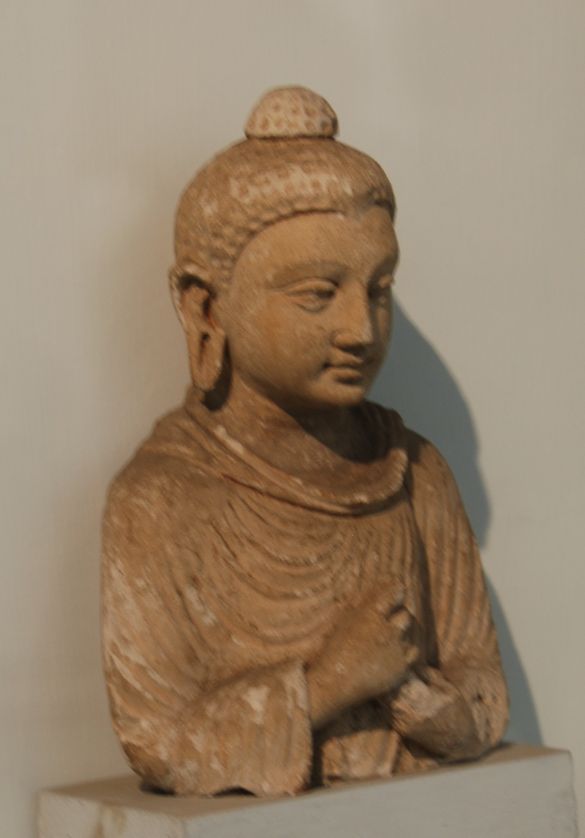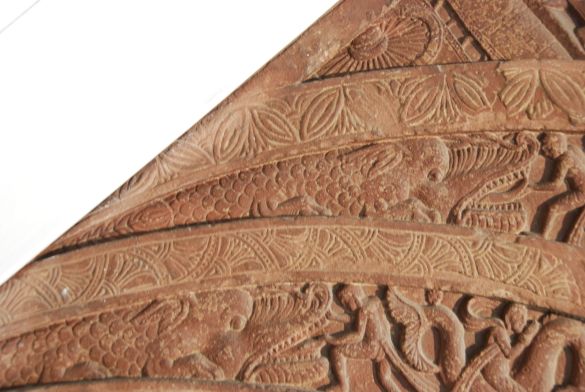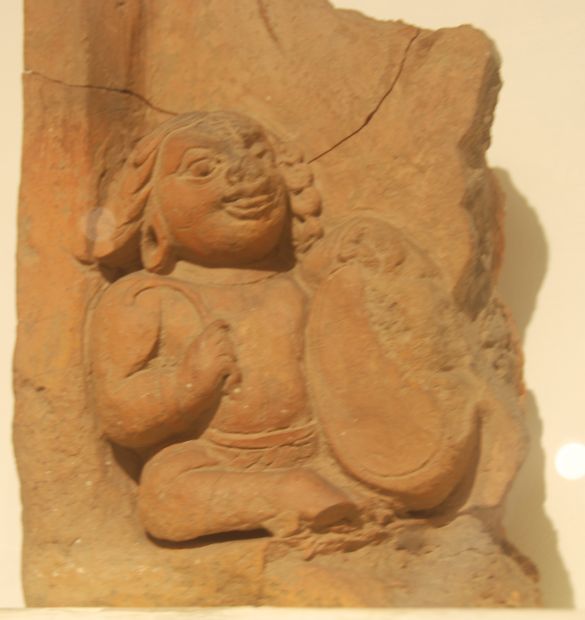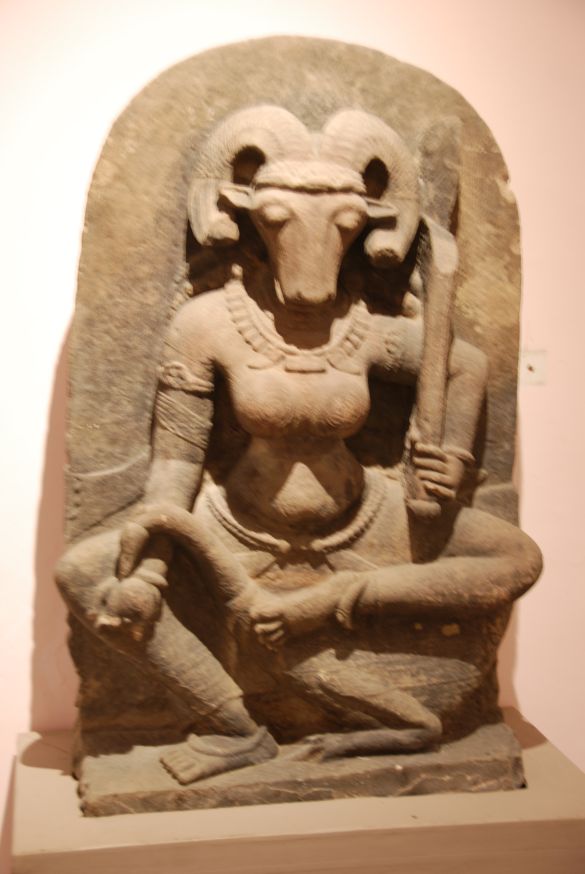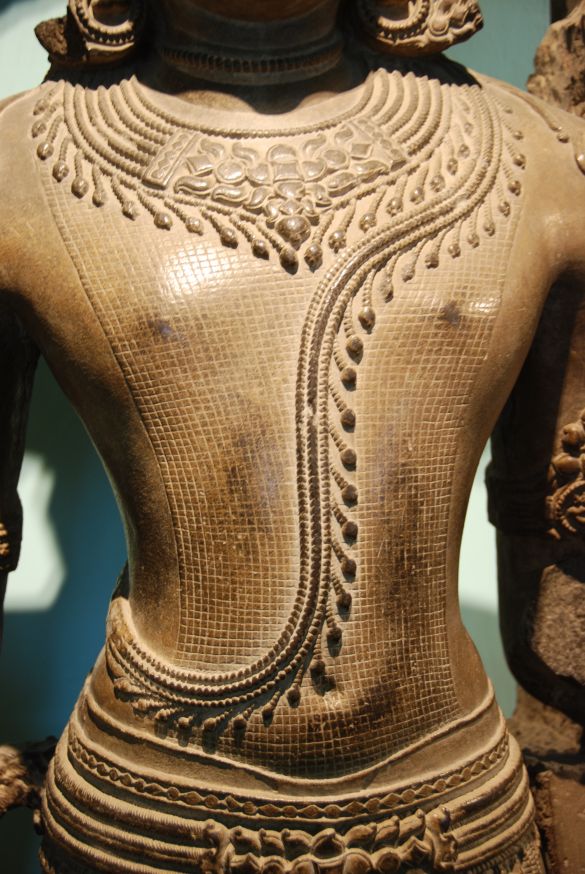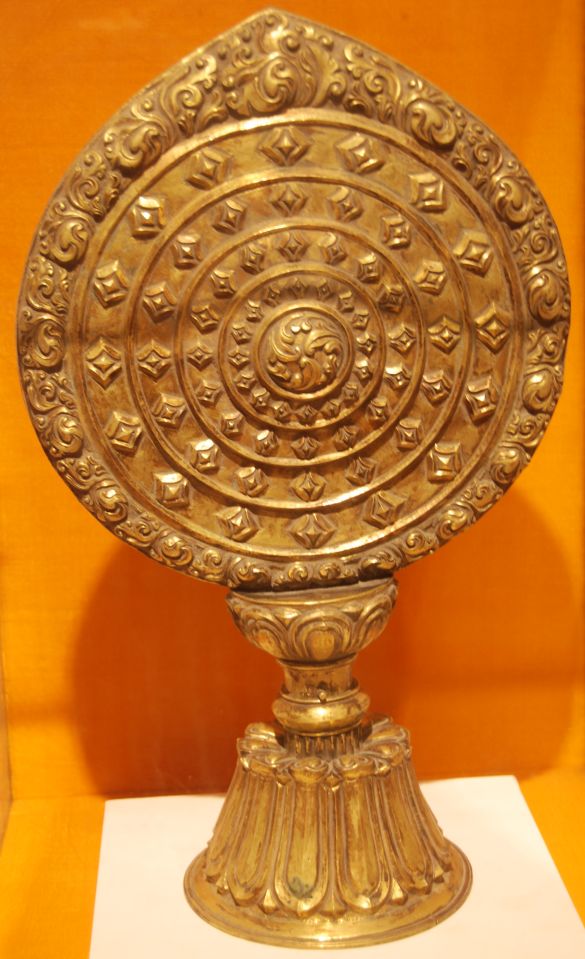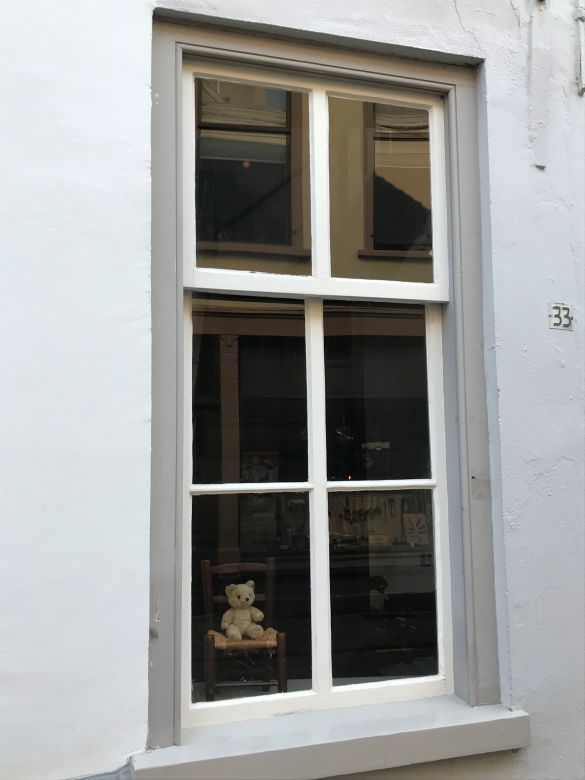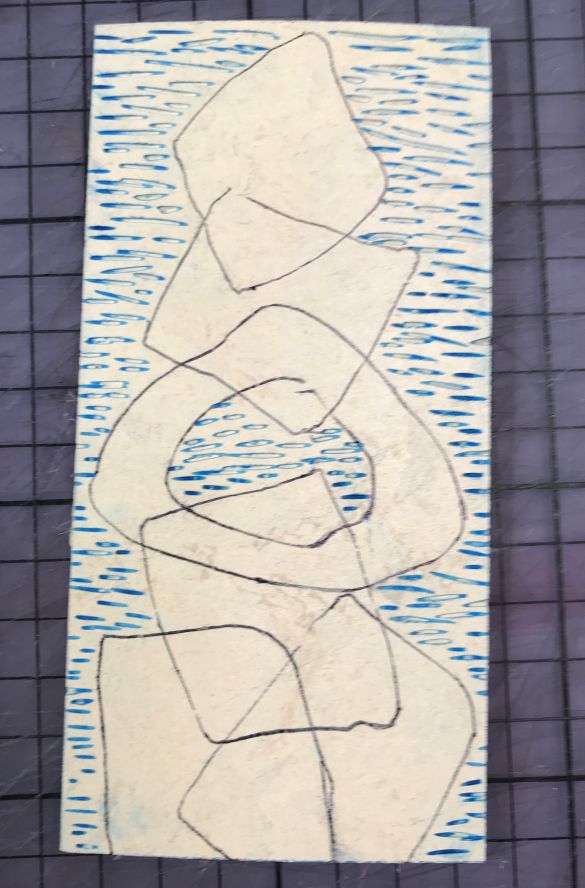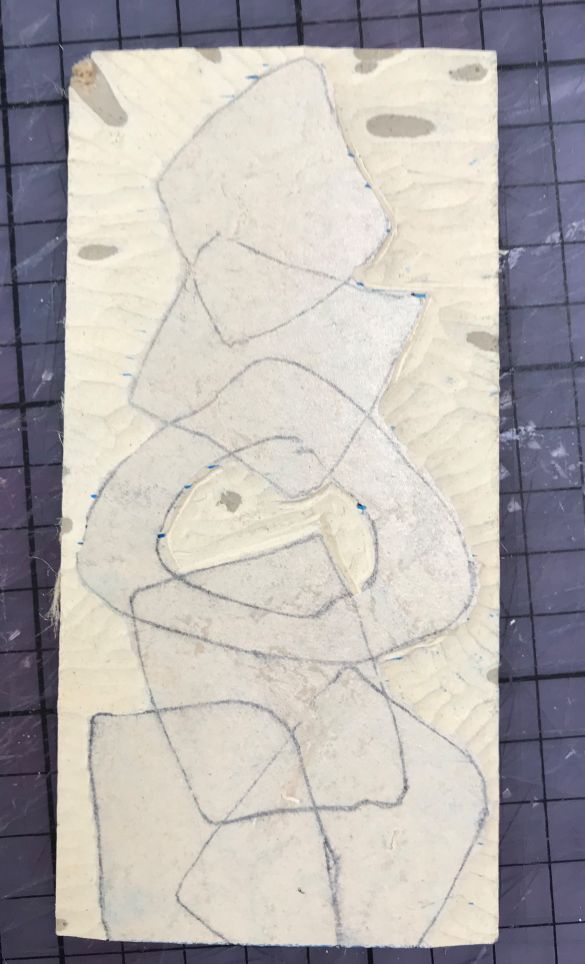Terug in het National Museum in New Delhi
vervolgen we onze weg door de fantastische collectie.

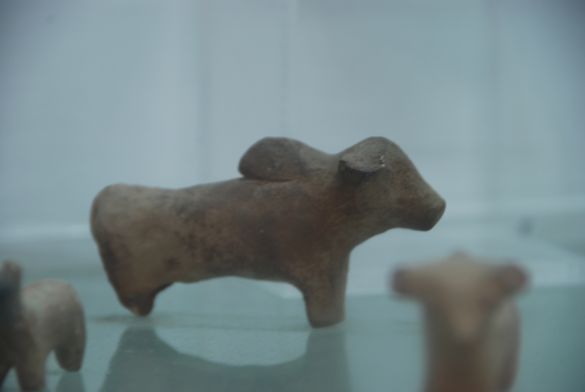

Er is een schat te zien. Juwelen uit een plaats met de naam Mandi. Het is de moeite waard om het verhaal op Wikipedia er eens op na te slaan.

De vitrine met een groot aantal voorwerpen.


Jewellery Hoard from Mandi
The chance discovery of gold jewellery from the ancient site of Mandi, district Muzzaffarnagar (western Uttar Pradesh),
in association with other materials of the Harappan genre, shot the site into prominence on the Harappan archaeological map of India.
The discovery was in form of a large treasure of gold and silver ornaments besides ornaments od semi-precious stones.
Thew villagers found the treasure in course or agricultural operations.
Yhe gold jewellery, kept in the copper containers, consisted of big and small “heart shaped” Kara-S (bangles), spacers, terminals, conical beads, etc.
This jewellery collection is comparable to those of Mohenjodaro, Quetta and Allahadino.
The treasure of the gold jewellery recovered from Mandi is the largest so far found in the Bronze Age Harappan civilization of South Asia.


Een flinke stap in de tijd. De Harappan-periode laten we achter ons. We stappen in de tijd van de Maurya Dynasty. Dit beeld van een man met een snor is een voorbeeld van het beeldhouwwerk uit deze tijd.
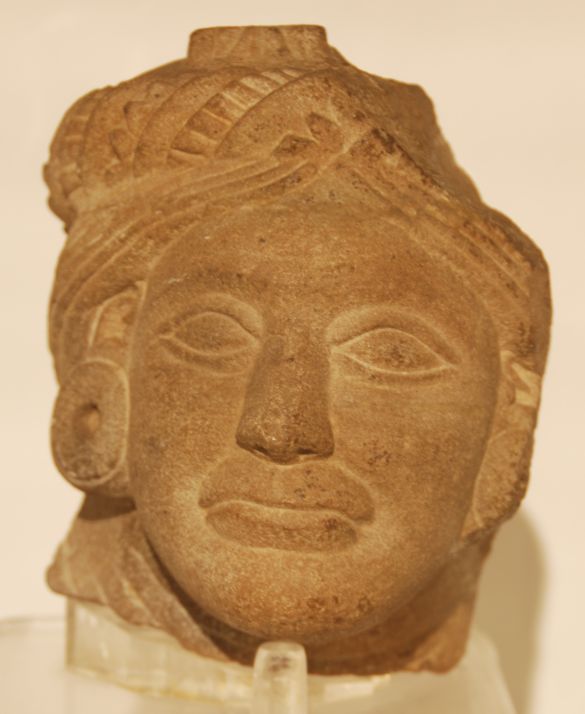
Ook deze kop van een man met tulband is uit die tijd.
Er viel een hele tekst over dit tijdperk te lezen:
Maurya Dynasty
4th – 3rd century BC
The decline of the urban Harappan culture in 2000 BC was succeeded essentially by rural cultures which were followed by another phase of urbanization.
4th Century BC witnessed the rise of Magadha Empire (present day Bihar) under the rule of Chandragupta Maurya in 323 BV.
The empire later expanded and for the first time was politically unified under Ashoka (circa BC 272 – 231), the most illustrious of the Mauryan Kings.
During his rule the Mauryan Empire extended from Afghanistan in the Northwest, to Orissa and Nepal in the east and Andgra Pradesh and Karnataka in the south.
The first organized art activity in India on a bigger scale and durable material like stone belong to this period.
The Mauryan sculptures and art motifs have two distinct sources of inspiration: indigeous and West Asian.
The influence of Perso-Hellenistic art can be traced back to the time of Chandragupta Maurya, who, it seems, patronized the craftsmen from Achaemenid empire (present day Persia).
The famous stone peristylar assembly hall (commonly called the “Chandragupta Sabha”) following a Persopolitan model built by him at Kumrahar near Patna, is especially noteworthy.
Fall of Achaemenid Empire, resulting from the campaign led by Alexander the Great, caused an influx of unemployed craftsmen to the Mauryan court, thus instituting dramatic changes in both technique of sculpting and art styles, essentially in the development of stone working methods.
The important art centers of the Mauryan Empire were Pataliputra, Buxor, Mathura, Kaushambi.
Stone came to ve associated permanently with Indian art from the times of Ashoka.
The cultural interaction with West Asian countries may have inspired him to go for monumental art and architecture in stone.
During this period different manifestations of art such as Rock cut caves, Monolithic pillars, Ring stones, Disc stones and Terracotta objects were popular.
Representations of these manifestations van be viewed in the translite.
Rock cut caves
The magnificent rock cut caves of Barabar and Nagarjuni hills near Gaya in Bihar are vivid examples of the monumental work undertaken during this erz.
Monolithic pillars
Ashoka’s reign was marked by meticulously carved monolithic pillars with magnificent animal capitals and inscribed edicts, of which the lion capital of Sarnath, adopted as the National emblem of India (displayed at Archaeological Museum at Sarnath near Varanasi) and the bull capital from Rampurva (now displayed in the Rashtrapathi Bhawan) are well -known.
Stome art of this period was characterized by a high polish achieved by probably rubbing the surface with fine grained sand and buffing it with cloth of animal skin.
Stone sculptures
The stone sculptures of the Mauryan period are also reminiscent of the high polish, such as the famous Yakshi or female figure with flywhisk, in chunar sandstone found in Didarganj (in Patna) now in Patna Museum.
Displayed in this gallery are few significant fragments of stone sculptures displaying high technical skills, discovered in Sarnath.
The West Asian influence is notable in the two male heads displayed, characterized by a mustache and turban respectively.
Ringstones and discstones
Ringstones and discstones, though small, depict some of the finest carvings in earlt lithic art and can be regarded as cult objects.
The discstones appear to be related to ring stones in evolution, iconography, size and general shape but have no central void and usually undecorated.
They represent an extraordinary miniature world in itself with intricately carved mythical and ritualistic motifs.
Terracotta objects
Terracotta figures moulded in lively poses form an important group of art objects during the Mauryan period.
Due to the agrarian nature of the Indian society, earth was symbolised in the popular cult of Mother Goddess (the source and sustainer of life) which appear to be the popular cult of the period.
One of the most outstanding examples from Mathura, on display, is a seated Mother Goddess with a child on her lap.
Moulding techniques were used for the face, whereas the body was hand modeled and the elaborated headdress, decorated with rosette disc, ornaments like sarpa-kundalas (coiled rings) were applied, hence the technique is referred as “appliqué”.
The dawn of monumental and imperialistic sculptural art and architecture, patronized by the state for the first time, was the noteworthy contribution of the Mauryas.

Pillar showing Jataka stories, Sunga 2nd century BC. Bharhut, Madhya Pradesh.
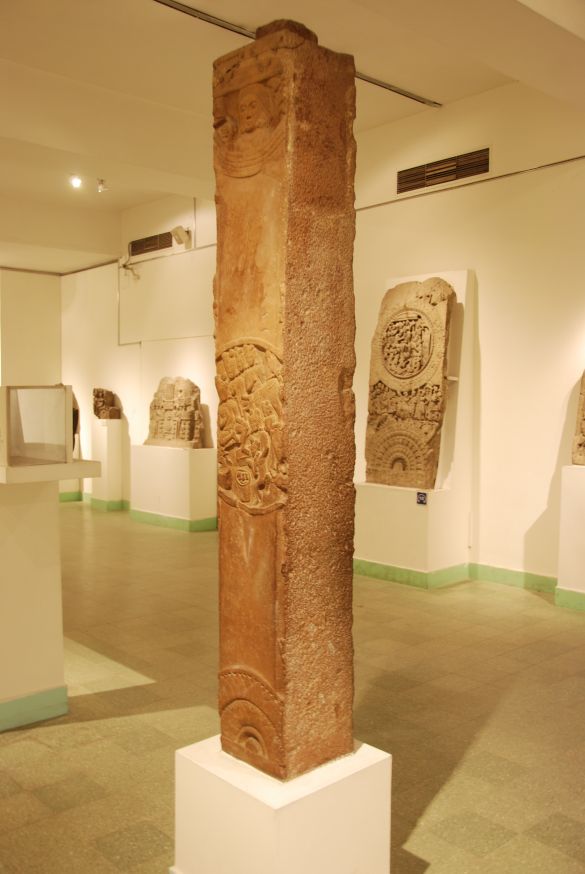
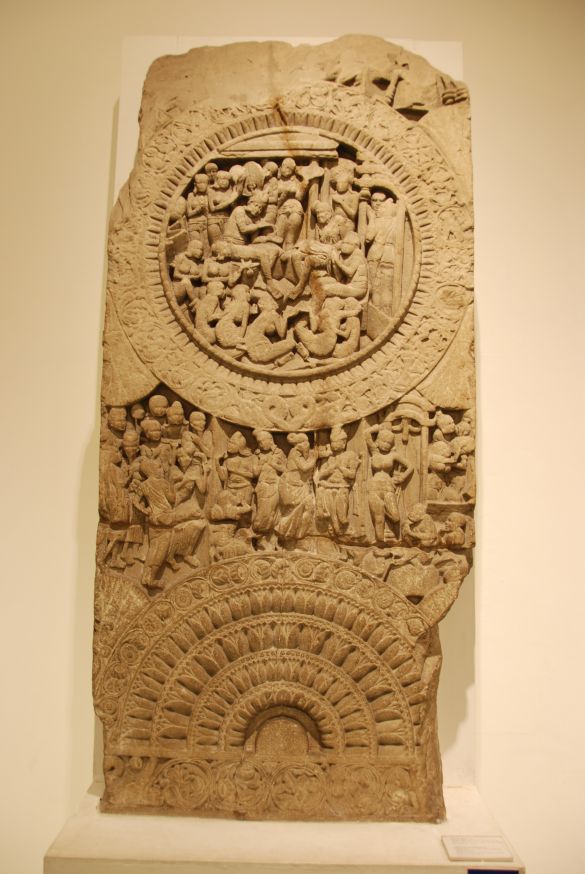
Asitas visit to Suddhadhana, Satavahana, 1st – 2nd century AD, Amaravati, Andhra Pradesh.
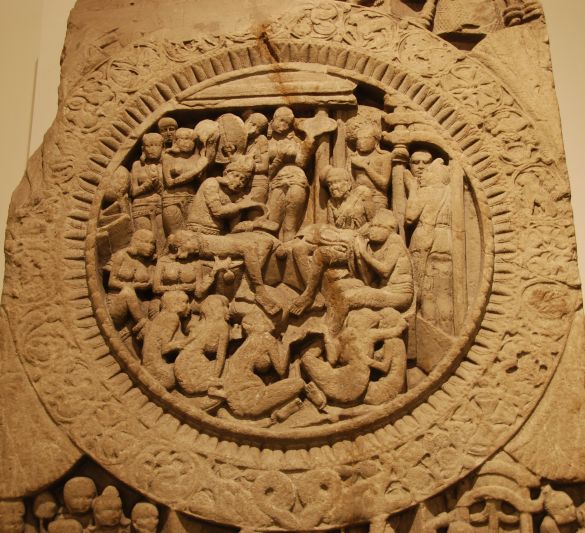

King on an elephant (Railing cross-bar), Sunga, 2nd century BC, Mathura, Uttar Pradesh.
Vind-ik-leuk Aan het laden...

